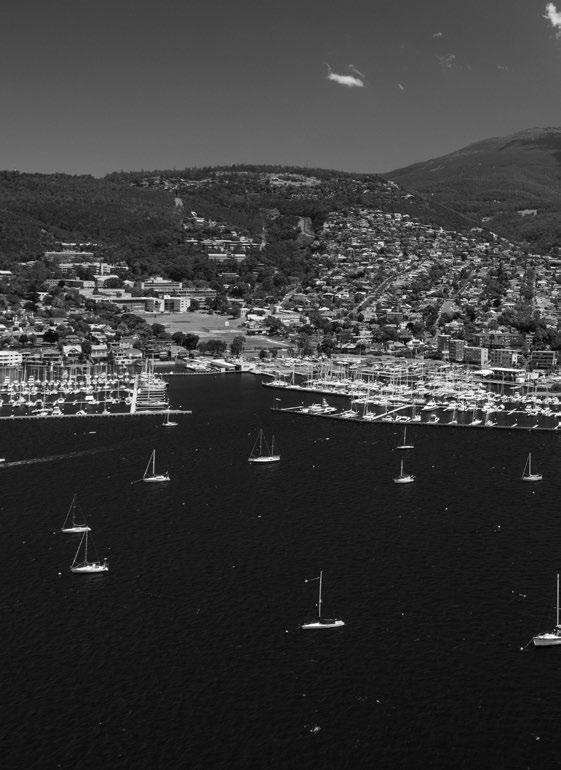
3 minute read
Pillar 1: Sense of place
‘Sense of place’ describes people’s relationships, connections and bonds with places, expressed through personal experiences, stories and other parts of life. Sense of place evolves through culture, history, environment, economics, politics, geography and all kinds of other interactions between humans and their environments. The more specific and unique these qualities are, the stronger the sense of place, and the more special people are likely to think that place is. In a globalised world, many cities are seeking to build or rebuild a sense of place. Having distinctive qualities helps people connect to a place, attracting both residents and visitors.
Hobart is fortunate to have a strong sense of place, and, for many community members, it is a part of Hobart life they value highly. People from all kinds of backgrounds recognise Hobart as having a particular combination of qualities that make it a special place to live: the mountain, the river, heritage architecture, a human scale, connections between people, businesses that have started and grown here, and the tens of thousands of years of stories that have made the city what it is today. In our island capital city, many people identify strongly with being Tasmanian and contributing to Tasmanian culture. Sense of place is one of the most difficult aspects of city life to define and measure, and yet it is critical to the future of Hobart. In the years to come, all kinds of trends and changes can and will influence Hobart’s sense of place. From population shifts to climate change to new developments, each decision makes a difference to what it will be like to live in and visit Hobart. Key to managing this well is supporting the city to evolve at the same time as protecting what makes Hobart special.
We are a city of unique beauty, environment, heritage and people, built on a shared sense of ownership, pride and wonder. This spirit of place has been shaped by Tasmanian Aboriginal people for tens of thousands of years and continues to be shaped by all who have called Hobart home. It is developed jointly by community, private enterprise and government, valuing and enhancing our Hobart identity.
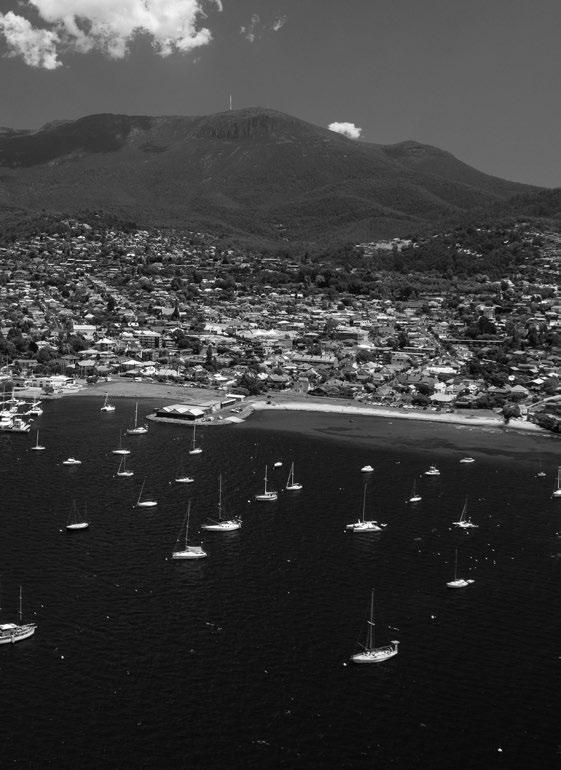
Community panel’s pillar vision statement
Pillar 1
1.1.1 Work with community and stakeholders to protect and enhance core elements of Hobart identity – kunanyi/Mt Wellington, the River Derwent, natural areas, quiet spaces and Hobart’s heritage, culture and human scale – so they are valued as central features of Hobart’s landscape and social fabric.
1.1.2 Create opportunities for people to connect to place, supporting spiritual and cultural customs and practices. 1.1.3 Share knowledge with and learn from other cities that have maintained or built a strong sense of place in the face of economic, environmental, social or other pressures. 1.1.4 Understand, prepare for and respond to the impacts of the global climate and biodiversity emergency and other factors on Hobart identity and sense of place.
Outcome:
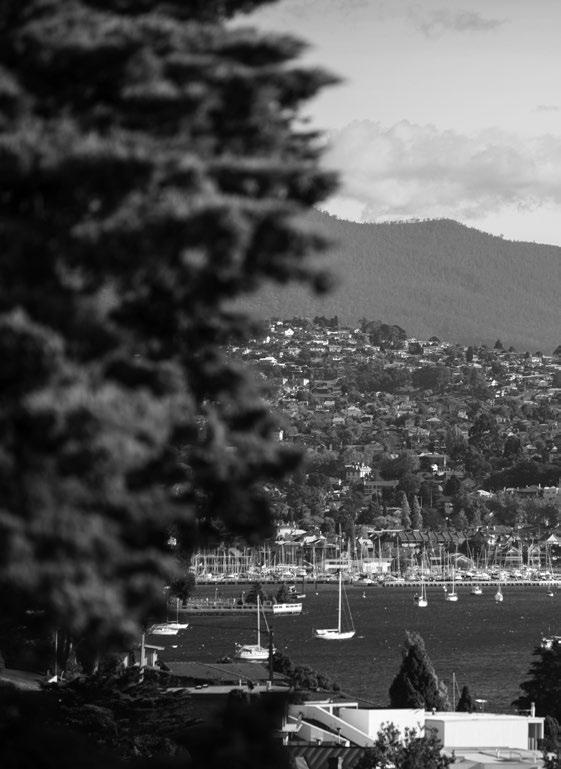
1.1 Hobart keeps a strong sense of place and identity, even as the city changes.
Strategies: Outcome:
1.2 Hobart’s cityscape reflects the heritage, culture and natural environment that make it special.
Strategies:
1.2.1 In collaboration with communities and stakeholders, continue and extend the program of city improvements and precinct upgrades. 1.2.2 Ensure City place-making planning and initiatives reflect community values and aspirations. 1.2.3 Undertake whole-of-city place making, with community participation. 1.2.4 Celebrate and highlight the uniqueness of Hobart’s character and heritage.
1.2.5 Engage with the development sector, government and other stakeholders, such as the Macquarie Point Development Corporation and University of Tasmania, to ensure development project outcomes integrate with Hobart’s identity and the community vision.
1.2.6 Develop and implement public realm design guidelines for streetscapes and public spaces that are highquality, comfortable, vibrant, walkable and safe.
1.2.7 Champion, encourage and acknowledge design excellence in the built environment.
Outcome:
1.3 In City decision-making, we consider how different aspects of Hobart life connect and contribute to sense of place.
Strategies:
1.3.1 Ensure that social and economic outcomes, climate change, biodiversity and green infrastructure are factored into city design.
1.3.2 Ensure a cross-disciplinary organisational culture that provides for integrated, strategic decisionmaking and diverse input into major projects. 1.3.3 Measure, manage and support the effective use of city facilities, infrastructure and open spaces.
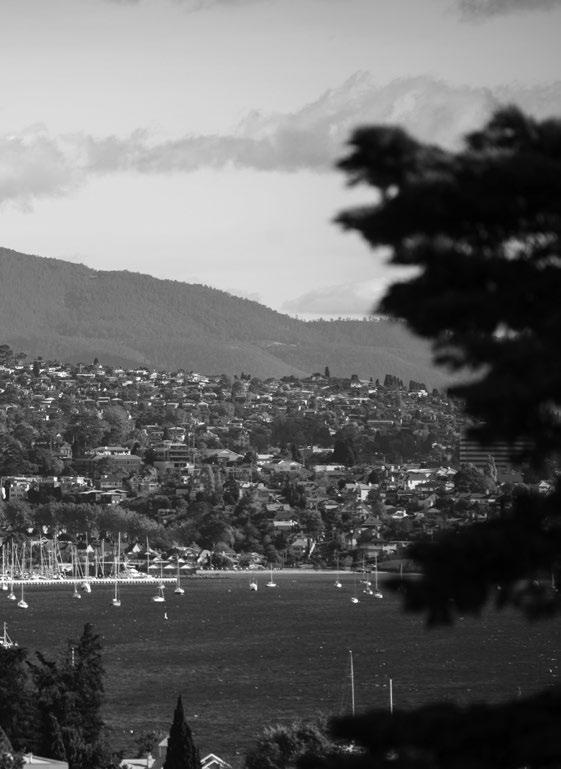
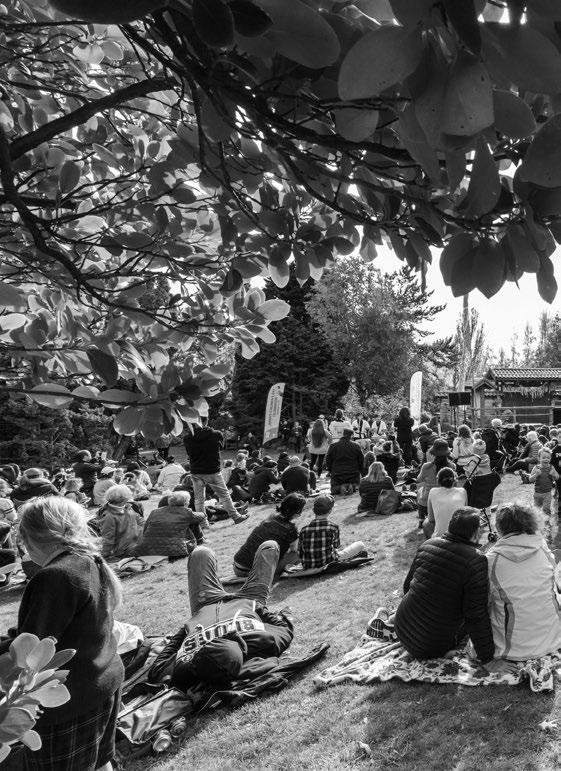
We are an island capital city that is socially inclusive and coherently connected, whose people are informed, safe, happy, healthy and resilient.
Community panel’s pillar vision statement










